Managing your CPAP therapy across Canada’s seasons, especially with a focus on seasonal CPAP care Canada, is essential for effective treatment. This guide will help you navigate spring allergies, summer heat, fall transitions, and winter dryness to ensure optimal performance and comfort all year round.
Key Takeaways
-
Manage seasonal allergies effectively by using hypoallergenic filters, switching to a full face mask, and utilizing CPAP humidification for optimal comfort and therapy.
-
During cold and flu season, prioritize heated humidification and regular cleaning of your CPAP equipment to alleviate symptoms and enhance sleep quality.
-
Maintain year-round CPAP effectiveness with consistent cleaning routines, monthly filter changes, and proper equipment storage to ensure a healthy sleep environment.
Spring Allergy Season and Your CPAP Machine
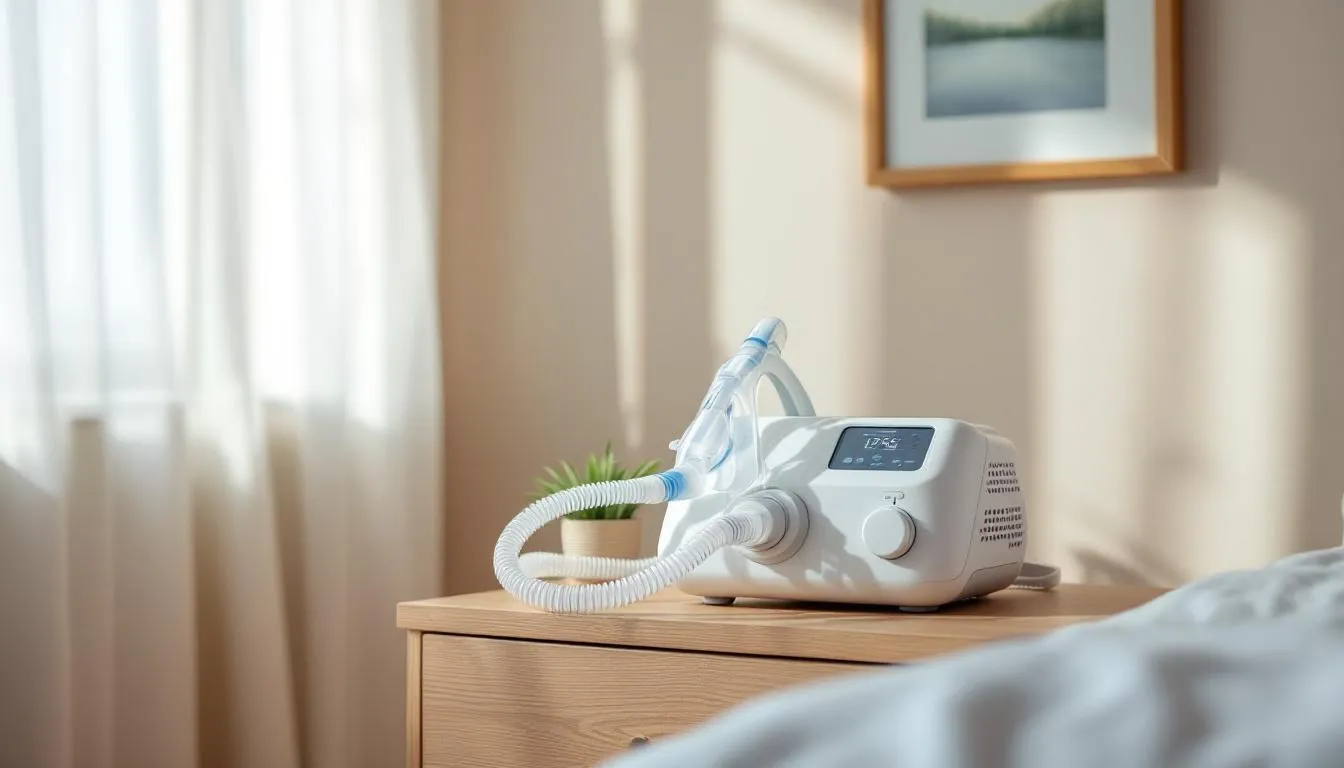
Spring brings blooming flowers and a surge in seasonal allergies for many CPAP users. These allergies can make it difficult to breathe through your nose, often leading to disrupted sleep and discomfort. Despite these challenges, using your CPAP machine during allergy season remains beneficial. The warm, humid air from the CPAP machine can clear your upper airways and alleviate a stuffy nose, helping you get the rest you need. Normally, your nose warms incoming air to body temperature and keeps nasal passages moist by secreting fluid, but humidification from your CPAP helps support this process, making it easier for your nose to stay moist and clear allergens.
Minimize allergen exposure by closing your windows and using air conditioning at night to combat allergens. This reduces the amount of pollen and other allergens entering your sleeping environment, making it easier to breathe and less likely to wake up with your CPAP mask removed due to difficulty breathing.
Proper humidification helps your nose produce just enough fluid to stay moist, reducing congestion and inflammation caused by allergens and dry air.
Using a Full Face Mask for Congestion Relief
When nasal congestion strikes, switching to a full face CPAP mask can be a game-changer. Unlike nasal masks that rely solely on nasal breathing, a full face mask:
-
Covers both your nose and mouth
-
Allows you to breathe comfortably through your mouth when your nose is clogged
-
Ensures effective delivery of CPAP therapy
-
Prevents mouth leak, which is the escape of pressurized air from the mouth during CPAP therapy—often caused by nasal congestion leading you to breathe through your mouth instead of your nose. A full face mask helps prevent this issue by maintaining a proper seal.
A full face mask provides a better seal, enhancing the overall effectiveness of your CPAP treatment during allergy season. Keeping the CPAP air pressurized and uninterrupted maintains a consistent flow of air, crucial for managing obstructive sleep apnea and ensuring proper mask fit.
Hypoallergenic Filters for Cleaner Air
Spring allergy season brings more airborne particles like pollen and dust. Hypoallergenic filters in your CPAP machine can significantly reduce these allergens, improving the quality of air you breathe while you sleep. These filters capture the smallest particles, ensuring that the cpap air takes in is as clean as possible.
Hypoallergenic filters enhance your comfort and support your overall health by:
-
Minimizing exposure to allergens
-
Maintaining optimal air quality when regularly replaced during high allergy seasons
-
Reducing the risk of allergy flare-ups
Humidification to Combat Dryness and Congestion
CPAP humidification combats the dryness and congestion often accompanying spring allergies, including a runny nose and dry nose. The added moisture from a CPAP humidifier soothes nasal passages and reduces inflammation, allowing your nose to clear allergens more efficiently. This enhances your comfort and the effectiveness of your CPAP therapy.
Using a CPAP humidifier, along with saline nasal sprays and rinses, help keep your sinuses moist and alleviates congestion. Appropriately used decongestants can also reduce nasal swelling, making it easier to breathe and improving your CPAP experience.
Managing CPAP Use During Cold and Flu Season
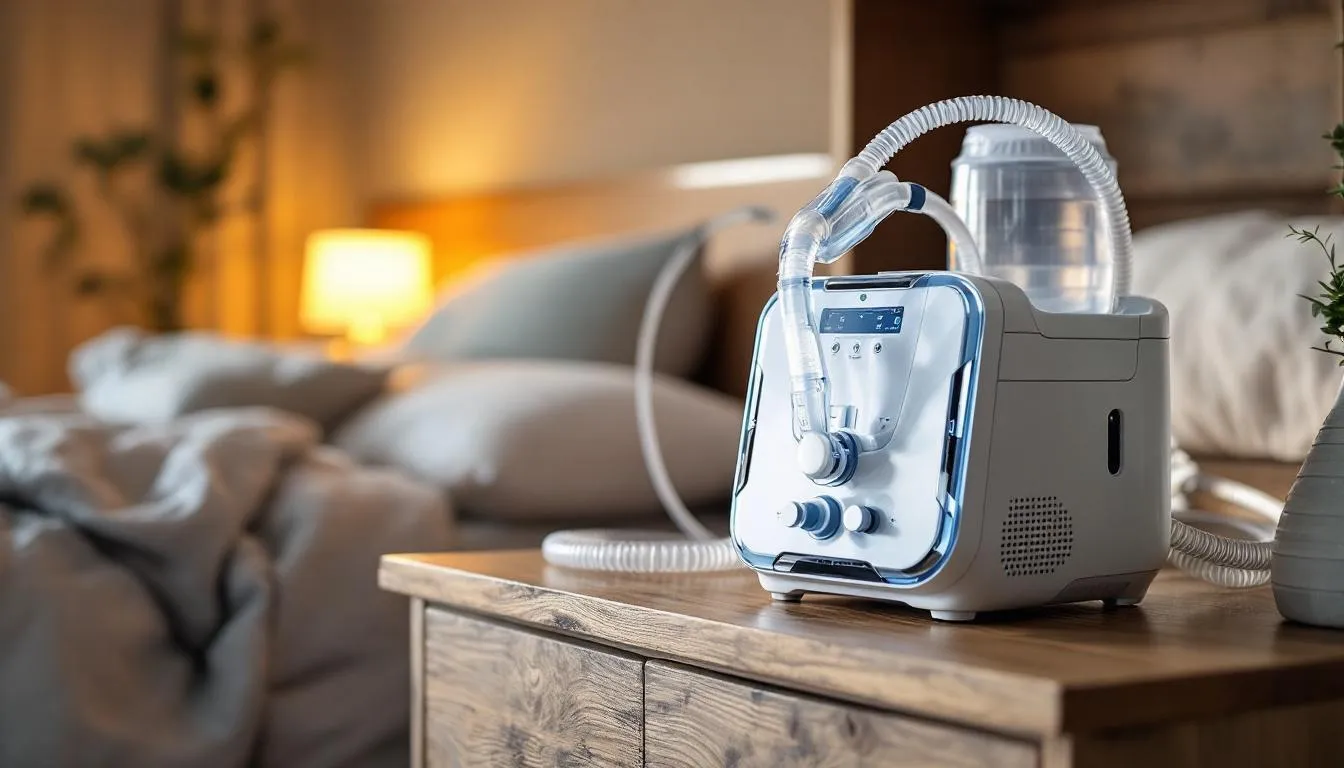
Cold and flu season presents different challenges for CPAP users. Symptoms like nasal congestion and sore throats, including nasopharyngeal symptoms, can make using your CPAP machine uncomfortable. Maintaining a clean and functional CPAP machine helps avoid exacerbating these symptoms. Heated humidification provides the warmth and moisture needed to prevent dryness in your airways, which can otherwise lead to sore throats and sinus infections. This will also help with mucus clearance.
During the colder months, respiratory issues tend to increase, potentially worsening sleep apnea symptoms. Keeping your CPAP equipment in top condition and using it consistently can help manage these symptoms more effectively.
Heated Humidification for Symptom Relief
Heated humidification is particularly beneficial during cold and flu season. The warm, moist air from a heated humidifier alleviates symptoms like dry mouth and nasal irritation, making it easier to continue using your CPAP machine. Heated humidifiers work by using a heated water chamber to warm water, which then humidifies the air delivered to your airways. Properly humidified air reduces discomfort related to nasal congestion and dryness, significantly improving your sleep quality.
Heated humidification ensures that the air you breathe is comfortable and soothing, helping to manage the extra air humidification means of colds and flu more effectively with a built in humidifier, a dreamstation heated humidifier, and a humidifier water chamber.
Switching to a Full Face Mask
When battling nasal congestion during cold and flu season, a full face mask can be a lifesaver. Unlike nasal masks, a full face mask allows you to breathe through your mouth if your nose is congested, ensuring that you still receive the necessary CPAP therapy. This enhances your oxygen intake, vital for overall health and well-being during illness.
Switching to a full face mask can significantly improve the effectiveness of your CPAP treatment when nasal congestion interferes with your breathing, helping to lower congestion. This change can make a big difference in maintaining your therapy adherence during the challenging cold months.
Home Remedies to Support CPAP Therapy
Alongside using your CPAP machine, several home remedies can support your therapy during cold and flu season. Regularly cleaning your CPAP mask and equipment minimizes skin irritation and maintains a tight seal, ensuring your CPAP therapy remains effective and comfortable.
Other remedies, such as using saline nasal sprays and maintaining good hydration, can support your CPAP therapy. Keeping your sinuses moist and reducing inflammation enhances your overall comfort and the effectiveness of your CPAP treatment.
Summer Heat and CPAP Comfort
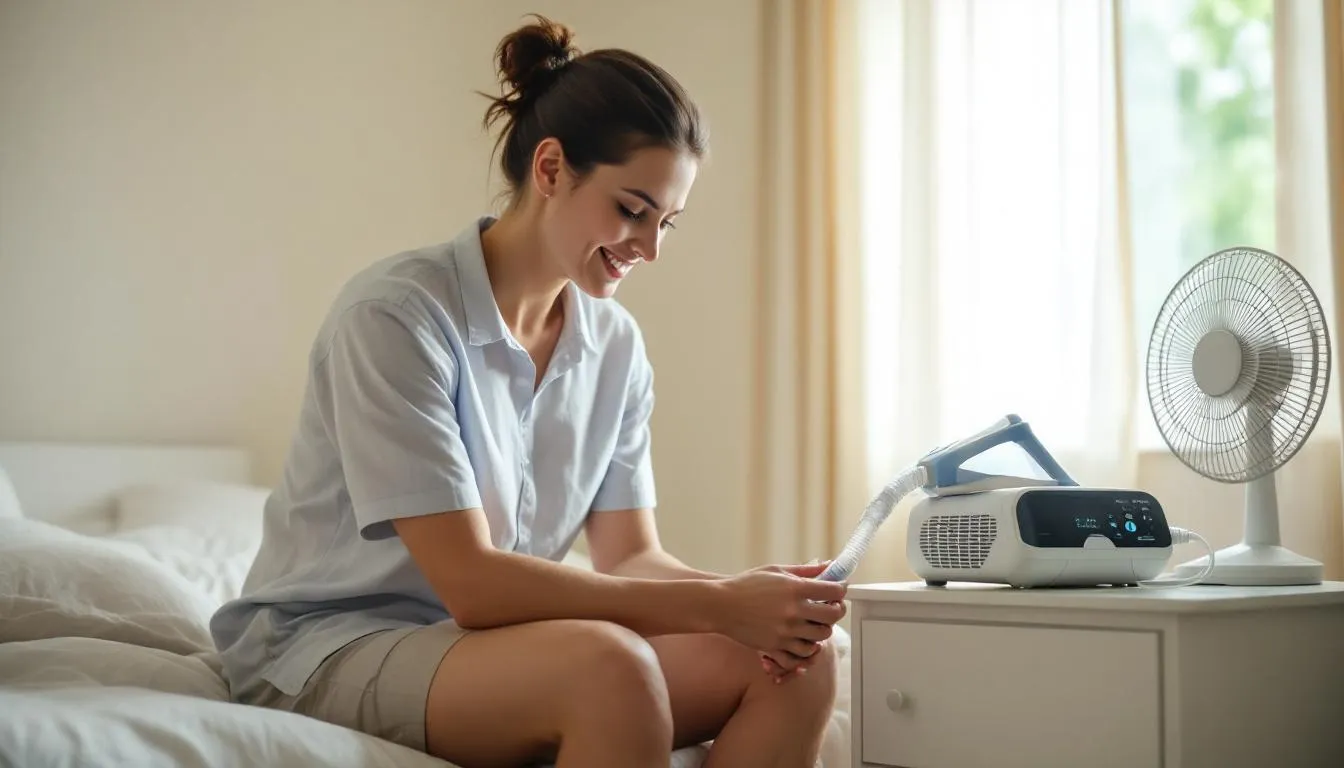
The hot summer months can present unique challenges for CPAP users. High temperatures and humidity can make using your CPAP machine uncomfortable. Adjusting your CPAP settings can enhance your comfort during these warmer nights. Managing the humidity settings on your CPAP machine reduces the feeling of warmth and moisture, making it easier to sleep. Maintaining a comfortable air temperature with your CPAP setup can help prevent rainout and ensure comfortable airflow during hot summer nights.
Using a portable CPAP machine can be a convenient option for maintaining your therapy during summer travel. These smaller devices are easier to transport and help ensure you stay on track with your treatment, even when you’re on the go.
Adjusting Humidity Levels
Adjusting the humidity settings on your CPAP machine is key to staying comfortable during the summer heat. Many CPAP machines offer a manual mode for humidity control, allowing you to tailor the settings to your personal comfort. Lowering the humidifier setting can minimize condensation in the CPAP mask, often referred to as ‘rainout’, a common issue during warmer months. Using proper CPAP tubing, such as heated tubing, tubing wrap, or tubing made from special materials, can also help maintain warm, moist air and prevent rainout during humid summer nights. A fan blowing directly on your CPAP tubing and further exacerbate condensation in the circuit.
Finding the right humidity level alleviates dryness and ensures that all this extra air you breathe is comfortable, even during more humidity nights.
Keeping Your CPAP Equipment Cool
Keeping your CPAP equipment cool is crucial during the hot summer months. To enhance comfort when using your CPAP machine, consider the following:
-
Maintain a cool and well-ventilated bedroom.
-
Use a fan in the room to help regulate temperature that does not blow directly on the equipment.
-
Use air conditioning to create a more comfortable environment and reduce the feeling of warmth.
Placing your CPAP machine in a cooler area helps maintain its performance and the comfort of the air delivered. This simple step can make a big difference in ensuring your CPAP therapy remains effective during the summer.
Winter Months: Staying Moisturized and Warm
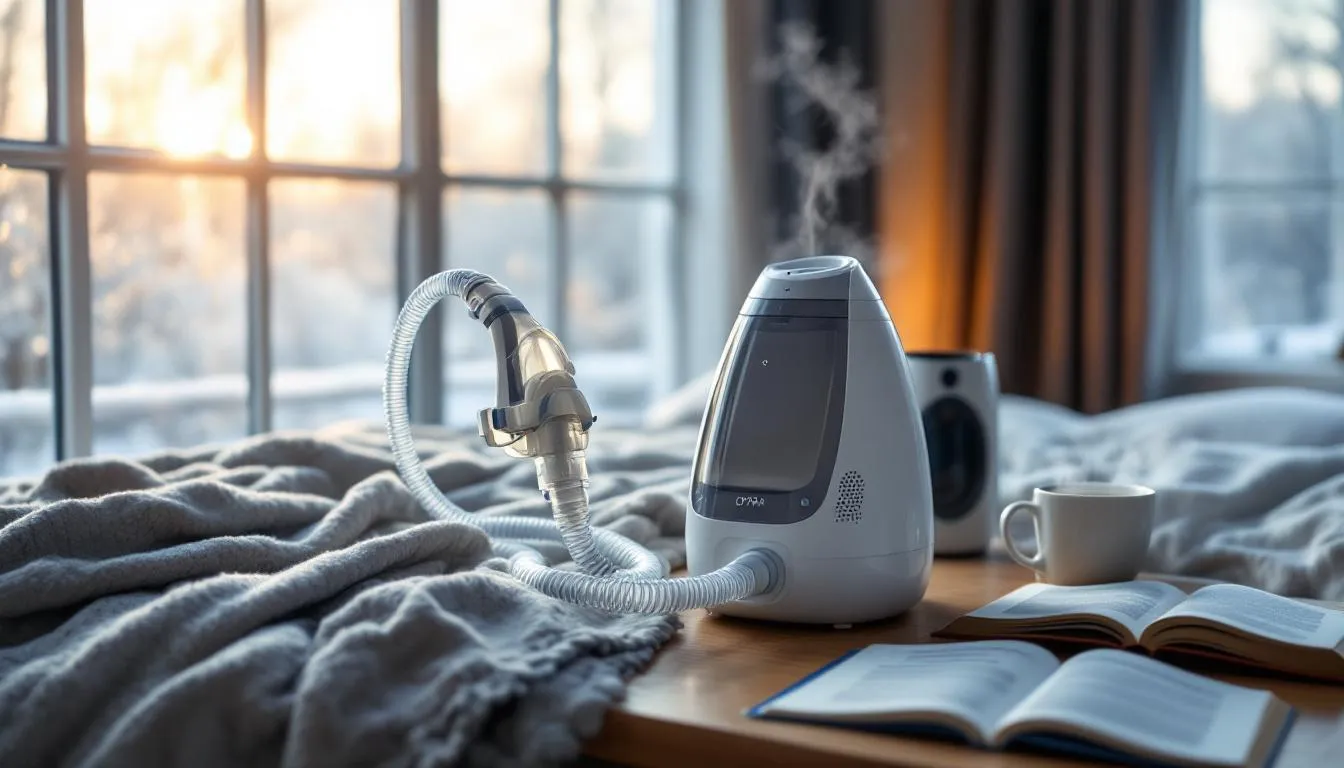
Winter months bring cold air and dry indoor environments, posing challenges for CPAP users. Maintaining adequate moisture levels prevents dryness and irritation. Using room humidifiers alongside your CPAP device can significantly enhance moisture levels in the air, making CPAP therapy more comfortable. When refilling your CPAP humidifier, always use distilled water to prevent microbial growth and ensure optimal humidifier performance, especially during the dry winter months.
Heated tubing is another valuable tool for CPAP users during winter. It warms incoming air, reducing nasal dryness, tubing condensation, and improving overall comfort. Regular cleaning of CPAP equipment prevents illness and ensures effective therapy.
Preventing Dryness with Room Humidifiers
A room humidifier can greatly enhance the comfort of your CPAP therapy during the winter months. It combats the dry air that can lead to symptoms like dry mouth and sore throat. Increasing the overall moisture in the air makes breathing easier and more comfortable.
Keeping your bedroom warm and adding a room humidifier can significantly improve your sleep quality and CPAP therapy effectiveness during the colder months.
Heated Tubing to Warm Incoming Air
Heated tubing is an excellent addition to your CPAP setup during winter. It is responsible for warming incoming air, reducing nasal dryness and improving overall comfort. This is especially important in cool bedrooms where the risk of condensation, or ‘rainout’, is higher.
Heated tubing ensures the air you breathe is at a comfortable temperature, making it easier to stick with your CPAP therapy during the winter months. Additionally, using a heated tube can enhance your experience.
Regular Cleaning to Avoid Illness
Regular cleaning of your CPAP equipment is crucial, especially during the winter months. It prevents respiratory infections that can arise from contaminated equipment. Maintaining a cleaning schedule also prolongs the lifespan of your CPAP devices, ensuring they work effectively for a longer time.
Thorough cleaning maximizes the effectiveness of your CPAP therapy, ensuring you receive the full benefit of your prescribed treatment.
Year-Round Maintenance Tips for CPAP Users
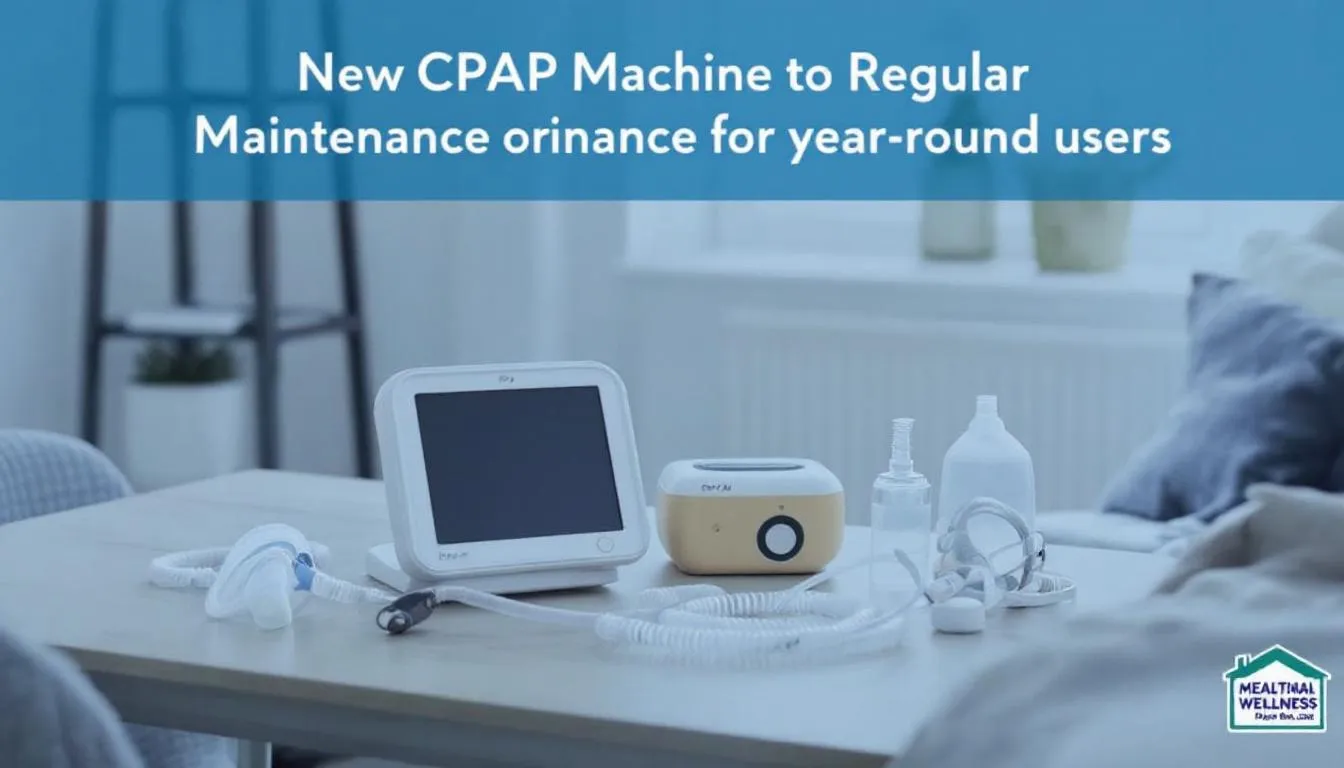
Consistent maintenance ensures your CPAP therapy remains effective all year round. Routine cleaning of CPAP equipment eliminates bacteria and allergens that can thrive in moist environments. Regular maintenance helps prevent respiratory issues and ensures that your CPAP machine functions optimally.
Following a regular maintenance routine improves the longevity of your CPAP equipment and maintains a healthy sleep environment.
Do not add essential oils to your CPAP humidifier, as they can cause lung irritation and may damage the equipment.
Weekly Cleaning Routine
A weekly cleaning routine for your CPAP equipment is crucial. This includes disassembling the machine, soaking the mask and tubing in soapy water, and cleaning the humidifier with hot soapy water. Regular cleaning prevents bacteria accumulation and ensures a healthy sleep environment.
Cleaning the mask cushion and humidifier tub daily, and the mask frame and air tubing weekly, maintains the hygiene and effectiveness of your CPAP therapy.
Monthly Filter Changes
Changing your CPAP filters every month is crucial for maintaining clean air intake. Filters trap dust and allergens, improving the quality of the air you breathe. Following the user manual and replacing or cleaning filters every two to four weeks helps maintain optimal airflow and reduce allergens.
Regular filter changes ensure your CPAP machine, an essential equipment provider, continues to deliver clean air, supporting your overall health and comfort, including the benefits of continuous positive airway pressure.
Storing CPAP Equipment Properly
Proper storage of your CPAP equipment can significantly extend its lifespan and maintain hygiene. Keep your CPAP machine in a cool, dry place to prevent moisture accumulation, which can lead to mold growth. Avoid direct sunlight to protect sensitive components from damage.
Summary
Summarize the key points of the blog post. Reinforce the importance of seasonal CPAP care for year-round comfort and efficiency. End with an inspiring message for CPAP users.








